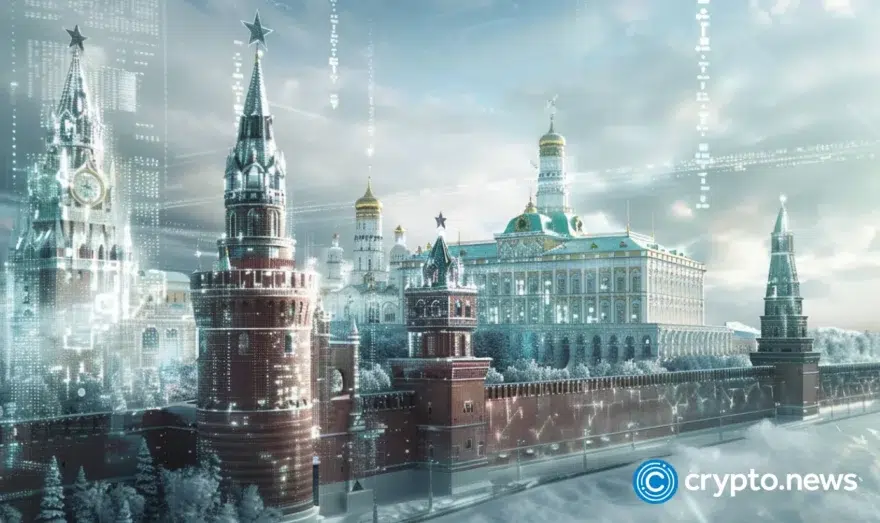Kremlin hopes to cut US dollar reliance with blockchain in BRICS

Moscow wants to establish an autonomous BRICS payment system, leveraging digital currencies and blockchain in an effort to decrease its dependency on the U.S. dollar.
In an interview with the Russian state-owned news agency TASS on Feb. 5, Kremlin aide Yury Ushakov disclosed the Kremlin’s efforts to develop a new blockchain-based system for BRICS, an intergovernmental organization comprising Brazil, Russia, India, China, South Africa, Egypt, Ethiopia, Iran, and the United Arab Emirates.
While specific details of the system remain undisclosed, Ushakov suggested that it would incorporate digital currencies, potentially including central bank digital currencies (CBDCs), as Moscow has been working on its digital ruble for some time now. The Kremlin official emphasized the importance of such a system for BRICS, highlighting its potential for cost-effectiveness and impartial operation.
“We believe that creating an independent BRICS payment system is an important goal for the future, which would be based on state-of-the-art tools such as digital technologies and blockchain.”
Yury Ushakov
Despite Ushakov’s emphasis on enhancing BRICS’ prominence within the international monetary and financial system in 2024, he did not provide details on the timeline for launching the blockchain system.
Ushakov’s comments come just a week after Russian Finance Minister Anton Siluanov said that in order for the BRICS countries to develop normally, the organization has to think about “creating our own financial systems functioning independently of politics and ensuring trade relations between our countries.”
For several months, Moscow has been advocating for a blockchain-based solution for BRICS, particularly as Western sanctions escalate. In September 2023, Russian Prime Minister Mikhail Mishustin emphasized the necessity for the city to implement cross-border settlements utilizing blockchain technology and digital assets. Mishustin highlighted that such initiatives would offer “more possibilities” for attracting foreign investments.














